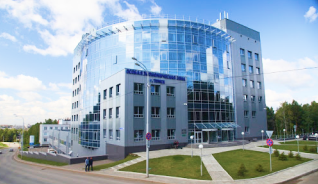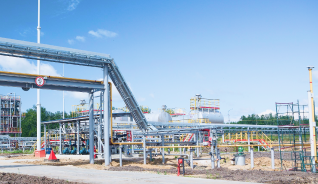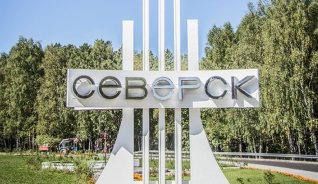Heat-saving polymer film was developed in Tomsk
- Home
- Information Center
- Investment News
- Year 2014
- October
The specialists from Tomsk Institute of High Current Electronics SB RAS developed a film with heat-saving coating which twice reduces heat loss through windows.
"It is well known that heat loss through windows is 40% of all indoor heat, moreover there are heat losses even if advanced vinyl windows are installed," Head of IHCE Applied Electronics Laboratory, Andrey Soloviev said. We have developed the transparent polymer film which being installed at windows helps to halve heat losses through windows and, therefore, to increase premises comfort in winter and reduce heating costs. That is quite relevant for people who cannot afford expensive vinyl windows. The cost of window winterizing with our film is less than 1000 rubles.
Architectural glass heat-saving coating was initiated in Institute of High Current Electronics back in the mid-1990s. The glass was covered with multilayered coating of 100 nanometers thick which almost freely let the light in but keeps thermal radiation inside.
"The peculiarity of this coating was that it would loose its characteristics very fast under atmospheric conditions," Andrey Soloviev explained. That is why it should be used in sealed glazing units, which is possible only for vinyl windows. That is why eventually an idea was suggested to coat the polymer film and then use it to produce inexpensive thermal screens, which can be easily used without window unit replacement. The film may function as a roller blind or be put in a metal frame between window frames".
Scientists managed to optimize multilayered coating structure and make it moisture-proof. In addition, the film is 85-87% transparent and its heat reflectivity is 90%.
The film was tested by the specialists of Tomsk State University of Architecture and Building. They confirmed the film's high energy-saving properties. IHCE scientists figured up that if the heat-saving film was installed at all of the institutes's windows (1500 square meters) then heat cost saving would amount up to 400 thousand rubles annually.
On top of that, in 2013 scientists tested their film in agrobiological station greenhouses of Tomsk Pedagogical University: one greenhouse was covered with usual polyethylene film and another one — with heat-saving coating film. As a result, in the second greenhouse cucumbers came up earlier and yields increased by 30%. It also showed that year-round greenhouse heat costs may be reduced by half.
According to scientists, transparent heat-saving film foreign prototypes price far exceeds Tomsk film price, and in Russia such materials are not produced at all.








